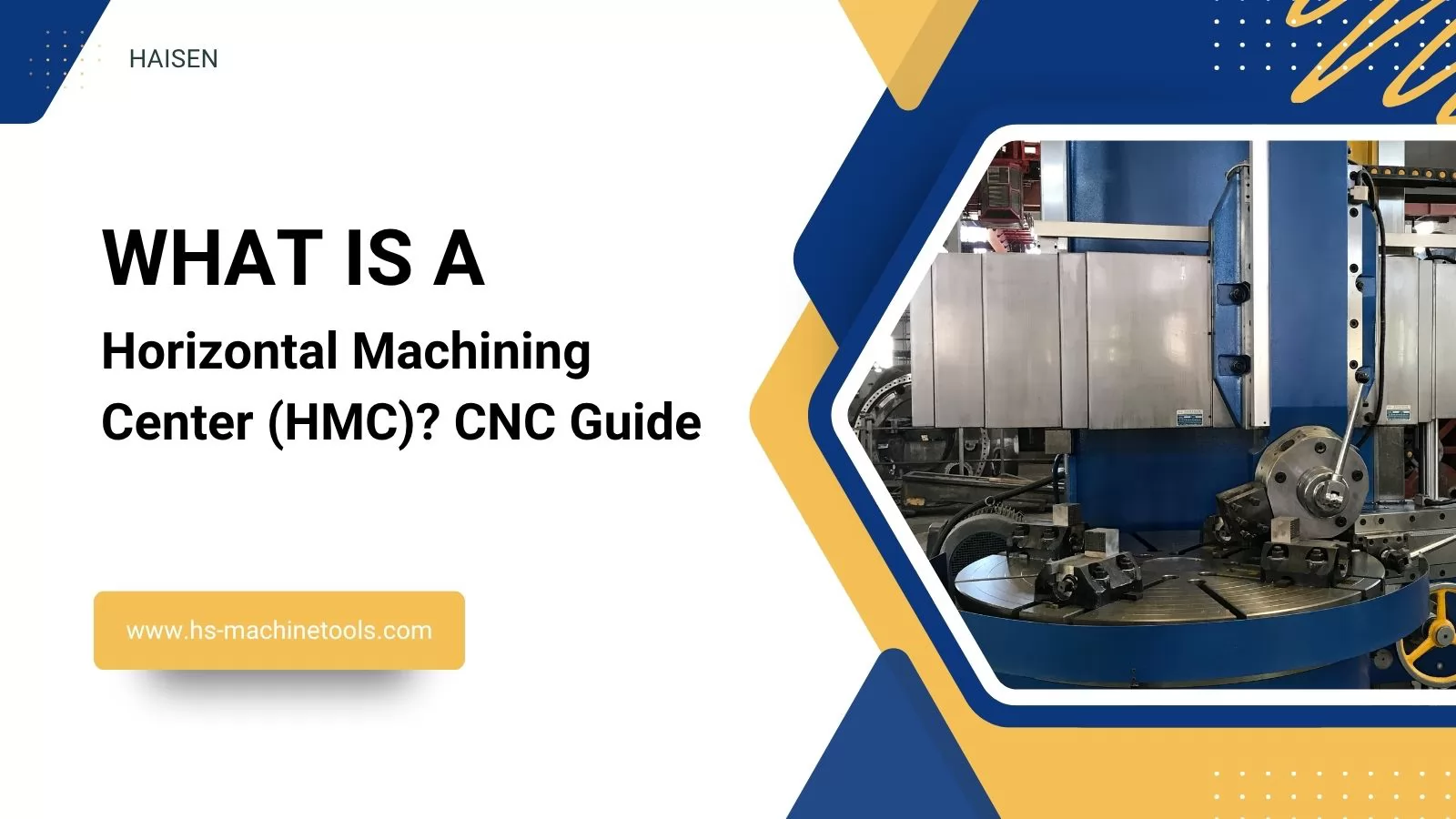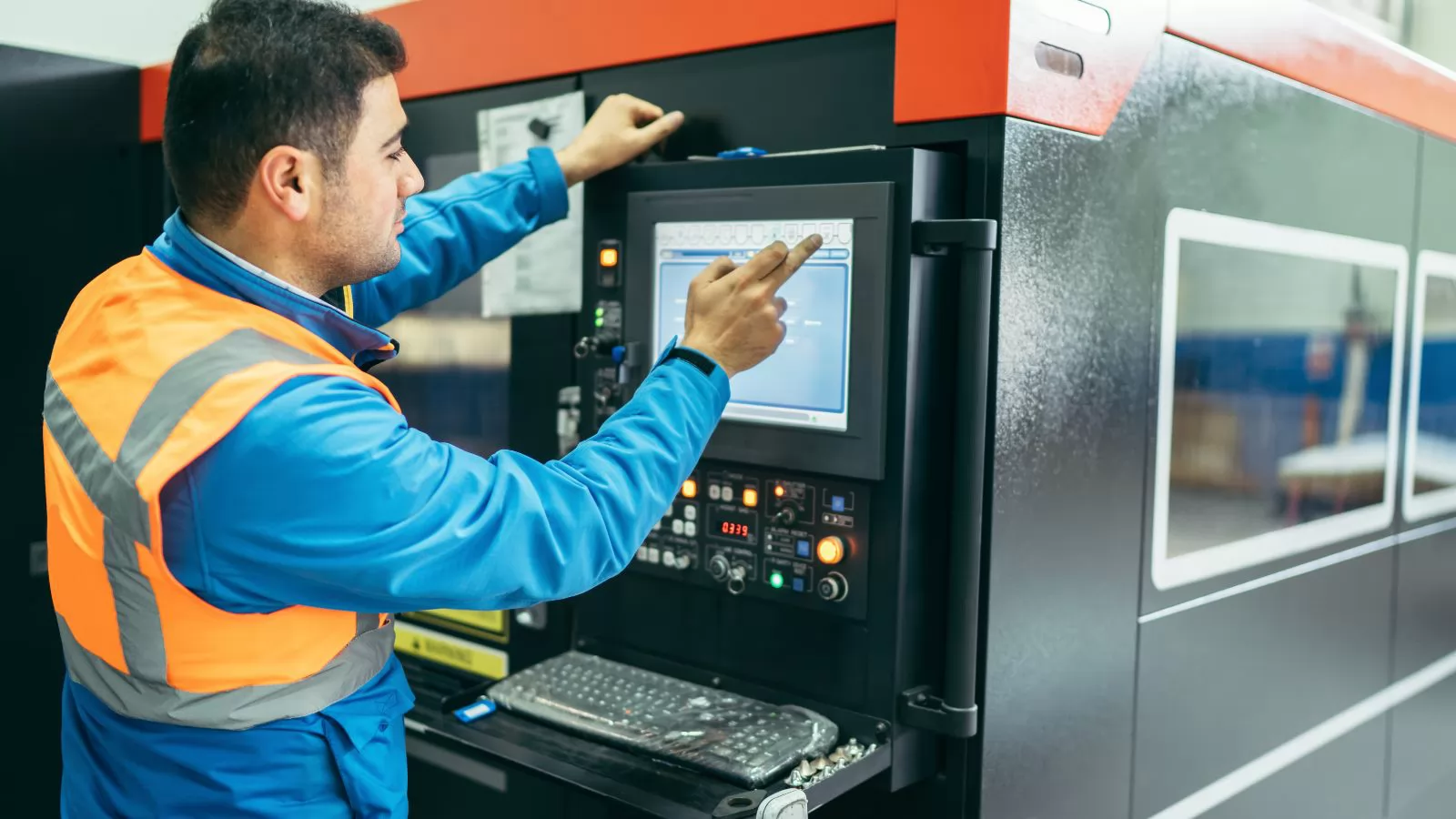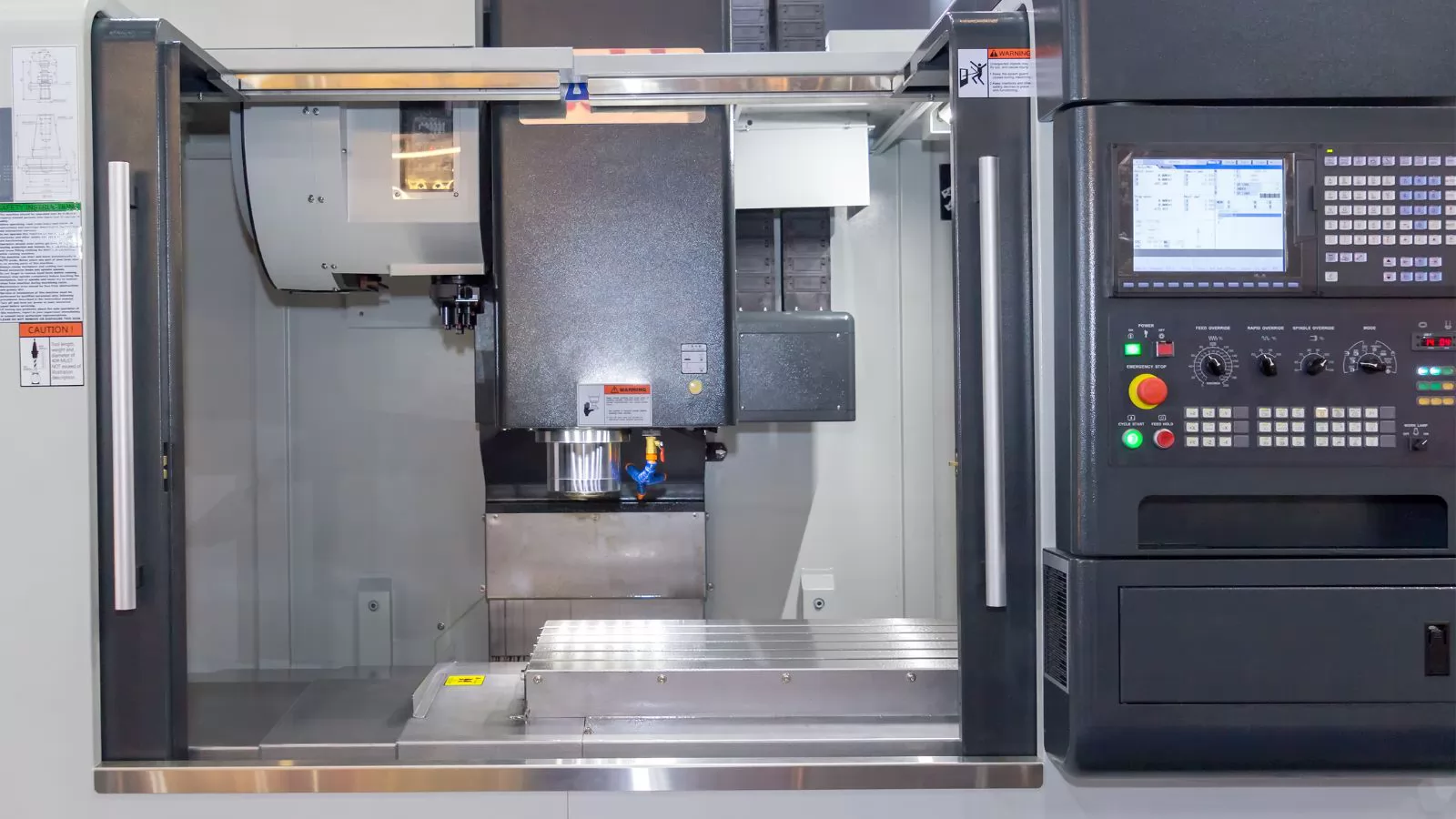
Table of Content
- Definition: What is a Horizontal Machining Center (HMC)?
- How Does a Horizontal Machining Center Work?
- Benefits of Horizontal Machining Centers
- Limitations of Horizontal Machining Centers
- Horizontal vs. Vertical Machining Centers
- Industries and Use Cases
- FAQs
- Conclusion
- Read More
Definition: What is a Horizontal Machining Center (HMC)?
A horizontal machining center (HMC) is a type of CNC machine tool where the main spindle is oriented horizontally. Unlike vertical machining centers (VMCs), HMCs use horizontally aligned spindles to perform precise milling, drilling, and boring operations. The workpiece is typically mounted on a rotary table, allowing access to multiple sides with minimal repositioning. HMCs are known for their speed, accuracy, and ability to handle large or complex parts.
How Does a Horizontal Machining Center Work?

Horizontal machining centers operate using computer numerical control (CNC) systems, which automate the cutting process. The key components of an HMC include:
- Horizontally oriented spindle: Mounted parallel to the machine’s X-axis, ideal for side-oriented cutting and chip evacuation.
- Rotary pallet changer: Allows loading and unloading of parts while the machine is operating, improving efficiency.
- Tool magazine and automatic tool changer: Enables quick switching between different cutting tools without operator intervention.
- High-speed axis movements: Driven by servo motors to ensure precision and reduce cycle times.
During operation, the spindle rotates the cutting tool while the workpiece remains fixed or rotates on the pallet. The CNC program dictates the cutting path, feed rate, and tool changes to ensure consistent quality across batches.
Benefits of Horizontal Machining Centers
- Improved chip evacuation: Gravity assists in clearing chips from the cutting area, reducing heat buildup and tool wear.
- Multi-sided machining: Rotary tables enable machining on several sides without repositioning the workpiece manually.
- Higher productivity: Pallet changers allow continuous operation, maximizing machine uptime.
- Tighter tolerances: HMCs typically offer greater rigidity and stability, resulting in high precision for complex parts.
- Automation compatibility: Ideal for integration into automated production lines or flexible manufacturing systems.
Limitations of Horizontal Machining Centers
- Higher cost: HMCs are generally more expensive than vertical machining centers in terms of initial investment and maintenance.
- Larger footprint: They require more floor space due to their horizontal layout and additional components like pallet systems.
- Longer setup time: More complex fixtures and programming may be required compared to simpler VMC setups.
Horizontal vs. Vertical Machining Centers
| Feature | Horizontal Machining Center (HMC) | Vertical Machining Center (VMC) |
|---|---|---|
| Spindle Orientation | Horizontal | Vertical |
| Chip Removal | Excellent (gravity-assisted) | Moderate (chips may accumulate) |
| Multi-Sided Machining | Yes (rotary table or tombstone fixture) | Limited |
| Cycle Time | Shorter (with pallet changer) | Longer (manual workpiece changes) |
| Initial Cost | Higher | Lower |
| Best Use | High-volume, complex parts | Smaller parts, prototyping |
Industries and Use Cases

Horizontal machining centers are widely used in industries where precision, speed, and automation are critical. Common applications include:
- Automotive: Engine blocks, transmission housings, and structural components.
- Aerospace: Aircraft frames, landing gear parts, and turbine components.
- Medical devices: Precision-machined orthopedic implants and surgical tools.
- Heavy machinery: Large castings and structural steel parts.
- Oil & gas: Valve bodies, pump housings, and pipeline equipment.
FAQs
1. Is a horizontal machining center better than a vertical one?
It depends on the application. HMCs are better suited for high-volume, complex part production, while VMCs are more cost-effective for simpler or smaller parts.
2. How much does a horizontal machining center cost?
Prices vary widely based on size, features, and brand. Entry-level HMCs start around $150,000, with high-end models exceeding $500,000.
3. Can HMCs handle large parts?
Yes. HMCs are ideal for large and heavy parts, especially those that require machining on multiple sides or deep cavities.
Conclusion
Horizontal machining centers play a critical role in modern manufacturing, offering unmatched efficiency, precision, and automation potential. While they require a higher upfront investment compared to vertical machining centers, the long-term productivity gains often justify the cost—especially in high-volume or complex part production. For engineers, machinists, and buyers in industries like aerospace, automotive, and energy, HMCs remain a vital part of the CNC machining landscape.
Read More
Top 10 CNC Milling Machine Supplier in the World



